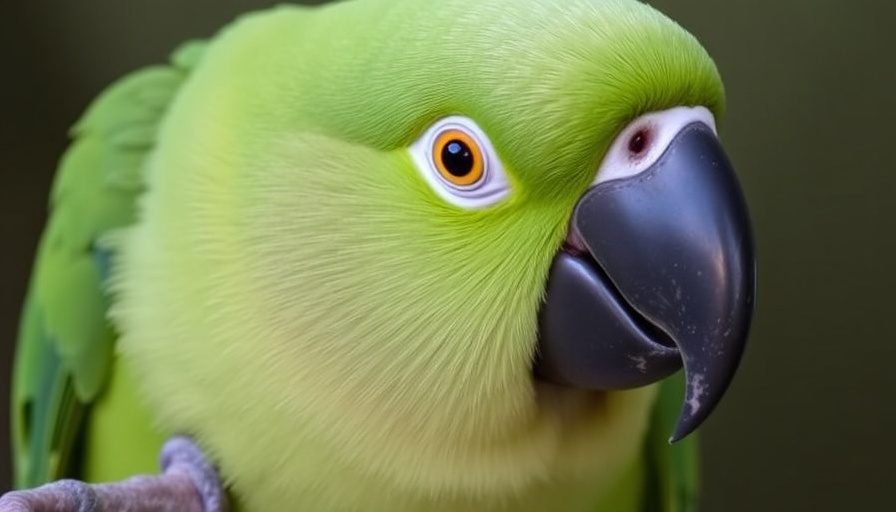
Uncovering the Mystery of Reverse Evolution in Galápagos Tomatoes
The Galápagos Islands, known for their unique biodiversity and historical significance in the study of evolution, are home to a peculiar phenomenon: wild tomato plants that seem to be reverting to ancestral traits. Recent research has revealed that tomatoes on the archipelago's western islands are producing alkaloids—natural toxins associated with defense mechanisms—that resemble those of their ancient predecessors. This process, termed "reverse evolution," raises significant questions about adaptive capabilities in changing environments.
What Are Alkaloids and Their Role in Tomato Evolution?
Alkaloids are nitrogen-containing compounds found in various plants, particularly in the nightshade family, which includes tomatoes, potatoes, and eggplants. These chemicals serve as a defense against herbivores and pathogens due to their toxic properties. While cultivated tomatoes produce alkaloids to deter pests, the Galápagos tomatoes from the western islands display characteristics that hint at an evolutionary throwback, mirroring the alkaloids of eggplants from millions of years ago.
Exploring Ancestral Traits: How Environment Influences Evolution
The western islands of the Galápagos are considerably younger and feature less developed soil compared to their eastern counterparts, creating harsh growing conditions. The stark environment might be prompting these tomatoes to adapt by reverting to older alkaloid characteristics. As researcher Adam Jozwiak pointed out, this shift could be a survival strategy akin to the challenges their ancestors faced. Due to stressors like limited resources, these plants might find an edge by returning to these ancient traits.
The Science Behind Reverse Evolution: Mechanisms at Play
Researchers have identified that four amino acids in a specific enzyme appear responsible for this enigmatic reversion. This discovery is significant; it supports the idea that evolutionary adaptations can reverse under certain environmental pressures. However, the concept of reverse evolution is contentious in the scientific community. Generally, evolution is seen as a linear progression—this study challenges that notion, providing a compelling argument for how species can adapt backward in response to environmental cues.
Why Does This Matter? Implications for Evolutionary Biology
The discoveries made in the Galápagos tomatoes offer insightful implications for how scientists understand evolution. Previous beliefs have always centered around the idea that evolutionary change is permanent and progressive. However, the evidence of reverse evolution in these tomato plants forces a reconsideration of adaptive mechanisms in plants and animals facing extreme changes in their environments.
Local Impact and Engagement with Nature
As San Diego residents, the findings from the Galápagos Islands hold local relevance. Engaging with our own unique ecosystems, such as the coastal plants of San Diego, can inspire community curiosity and appreciation for local biodiversity. Observations of how plants and wildlife respond to urban development and climate fluctuations can deepen our understanding of adaptation processes in our environment.
What Can We Learn About Adaptation and Resilience?
The phenomena observed in the Galápagos tomatoes invite reflections on resilience—not just in plants but in human systems as well. What can we learn from nature about balancing fragility and toughness? As we face environmental challenges of our own, from climate change to urbanization, drawing parallels to these adaptations could pave the way for innovative strategies in urban planning and conservation efforts.
The remarkable study highlighting reverse evolution serves as a vital reminder of the complexity of life and the ability of organisms to adapt to their surroundings. Understanding these dynamics not only enriches our comprehension of science but fosters empathy toward nature and the intricate web of life that surrounds us.
As we explore these themes, let us engage in ongoing conversations about conservation and the ways we can protect both local and global ecosystems. Learning from nature is essential, and it requires our active participation.
 Add Row
Add Row  Add
Add 




Write A Comment